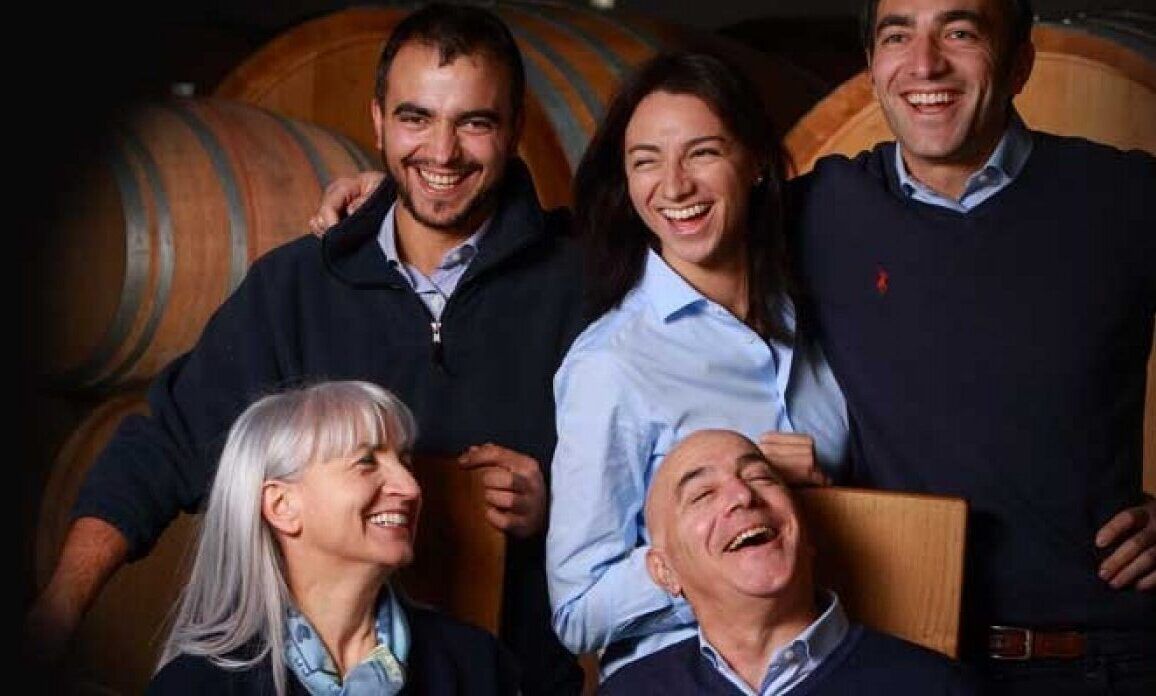The G.D. Vajra wines that Turner discovered included a 100% Nebbiolo Metodo Classico based on the writings of Thomas Jefferson, and the only Dolcetto to be produced from Barolo cru vineyards.
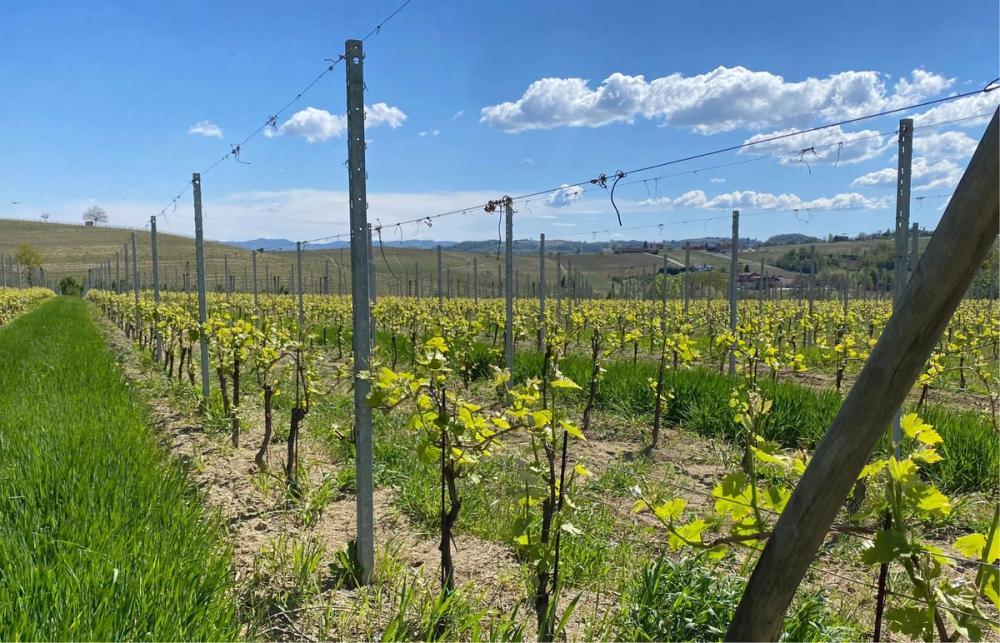
Vajra’s Bricco Delle Viole vineyard – producing a cru Barolo
When I first started coming to Piemonte, around twenty years ago, my first experiences with the wines of the region came in the shape of Moscato and Barbera. These are, after all, the engine room of this area of Northern Italy. I was still at university and my palate, wallet, and experience were still a long way away from this region’s most famous creations, the twin Nebbiolo-based strongholds of Barolo and Barbaresco.
In recent years the world’s Barolo lovers have been diving even further into the details of these rolling hills in the shadows of the stunning Italian Alps. The introduction of 2010’s Menzione Geografica Aggiuntiva system, often simply abbreviated to MGAs, established 170 official “crus”. To be explored alongside your favourite producers, we now seem set to push the boundaries of where this style of Nebbiolo can reach across the varying terroirs of the region.
But Barolo is part of Piemonte, and Piemonte is much more than one style of one grape. Earlier this month I visited the team at GD Vajra in Vergne in the Comune di Barolo and discovered a set of wines to please even the pickiest of Piemontese wine lovers. As much as the portfolio included some stunning, traditional style Barolos, it also included wines from Barbera, Dolcetto, Freisa and Pinot Nero with styles attributed to everyone from founder Aldo to founding father Thomas Jefferson!
The intriguing story of GD Vajra

GD Vajra – the most modern of the traditionalists and the most traditional of the modernists
When founder Aldo Vajra was 15 years old, he found himself in central Torino. His parents had taken the family there from the countryside to ensure their children could have access to a better education and future in Italy’s forthcoming economic boom. Instead, Aldo found himself joining in the student protests in 1968 which saw him sent back to his grandparents’ farm in Barolo to escape the trouble. Once there, as the story goes, Aldo fell in love with his surroundings and determined to become a winemaker, much to the bemusement of his parents.
What followed is five decades of this headstrong teenager’s dream to becoming what has been described by none other than Antonio Galloni as “one of Barolo’s best kept secrets.” In 1971 they became one of Piemonte’s first certified organic vineyards. In 1979 they planted massale selection in the vineyards of Coste di Rose and Fossati, now producing Piemonte’s only Dolcetto grown in Barolo cru vineyards.
By 1980 they were helping pioneer the research into the Freisa variety, which eventually led to the identification of its parent-offspring relationship with Nebbiolo. As the ‘Barolo boys’ brought Barolo kicking and screaming into the Parker-dominated world of the 1980s and 1990s and sparking the Barolo boom, Vajra continued to eschew the use of new French oak with their Nebbiolo and continued to extol the virtues of a range of grape varieties.
It’s no wonder that Aldo earned the title of “the most modern of the traditionalists and the most traditional of the modernists.”
A true Piemontese portfolio

Daily light show provided by Vajra’s stained glass windows
The winery is now in the more-than-capable hands of the next generation of Giuseppe, Francesca and Isidoro. Staying true to their father’s legacy (especially since he still lives at the winery!) the portfolio boasts an eclectic range of wines, with quality, styles, tastes and stories to satisfy any true wine lover.
I was fortunate to be granted a guided tour of their subtly stylish winery by Francesca Vajra. The most striking element was the stained-glass facades that illuminated each room, designed by an ordained monk no less, and providing a stunning light show every day of the year across the changing seasons. With such a large selection of grape varieties, from Moscato to Nebbiolo, harvest lasts for almost three months and requires every inch of their modern barrel room, complete with underground garden and topped with grass and cover crops to blend seamlessly into the surroundings and ensure the 30 strong staff never lose connection with the nature around them.
Later in the morning, we tasted through a selection of the range and I’ve picked out a few real favourites that I’d recommend anyone seek out for themselves…
N.S. Della Neve Metodo Classico (2016)

A Metodo Classico that owes its existence to none other than Thomas Jefferson. Yes, that Thomas Jefferson. The renowned wine lover was noted to have remarked in 1787 that Nebbiolo was “as brisque as Champagne, as dry as Clairet, and as pleasant as sweet Madeira.” This got the family thinking. What did Nebbiolo used to taste like?
Following the clues they attempted to make a 100% Nebbiolo Metodo Classico. The result was clearly not what Jefferson had in mind. The issue of the high natural tannin, even with short maceration, could not be overcome. The experiment however did warrant further work and now this wine has 60% Nebbiolo, 40% Pinot Nero blend, with a deceptive 64 months on lees. A classy and vibrant mix of red fruits and citrus, the super long and refreshing finishing makes this a great wine for aperitivo as well as plenty of body from the ageing process making it a wonderful wine across the antipasti and primi menus.
Claré J.C. Nebbiolo 2022

Further work into the research into the quote by Jefferson unearthed a method of producing Nebbiolo attributed to the 1606 writings of jeweller G.B. Croce. The big issue back then, as it is now even in the world of targeted harvests and gentle pressing, was to limit the extraction of tannin. The grapes were destemmed and left in casks outside over the winter, before being lightly filtered through muslin and bottling.
When GD Vajra followed the recipe, the result was the Claré J.C., a wine Francesca refers to as their “time machine wine.” Sparkling bright but light ruby red in colour, this wine is full of wild red fruits and rose petal you’d expect from a Nebbiolo, but with lighter body and touch of spritz that refreshes with every sip.
Dolcetto D’Alba Coste&Fossati 2021
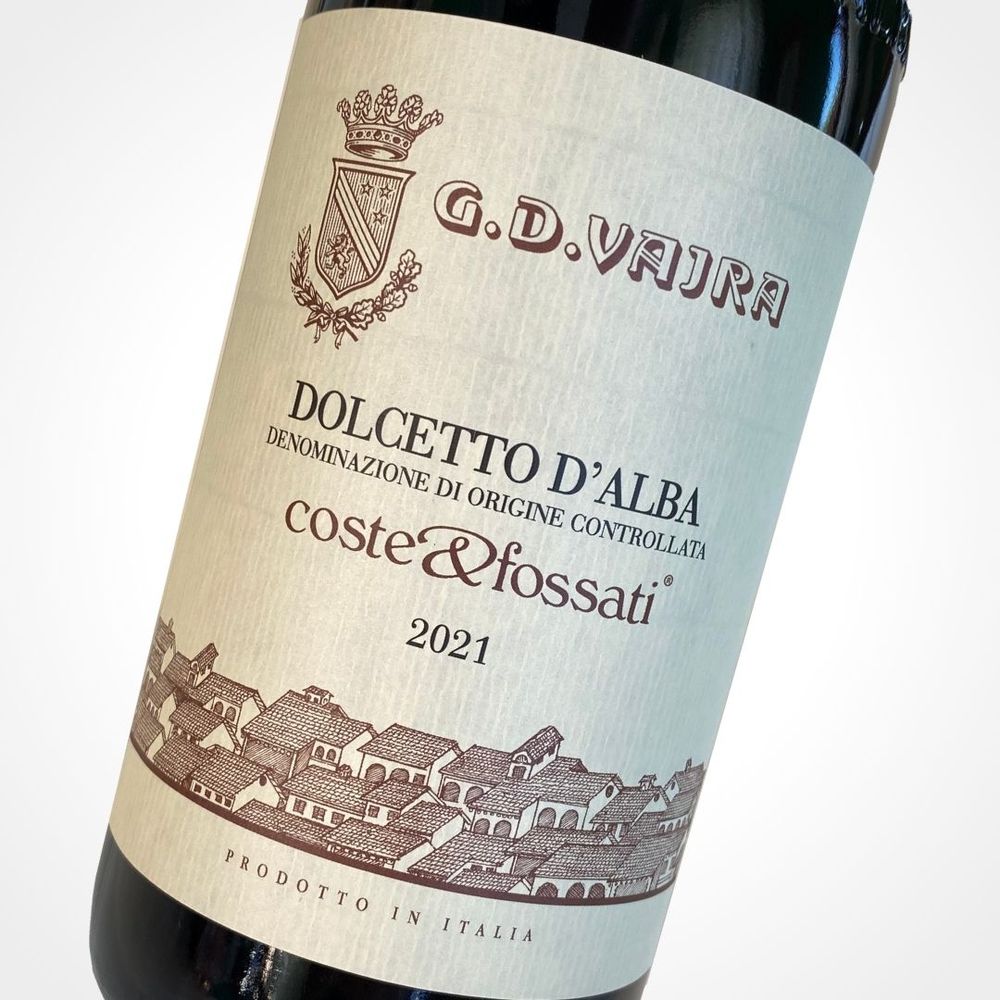
Most Barolo producers make a really good Dolcetto. It works really well on the vineyards that aren’t otherwise being used for Nebbiolo and the timings of the harvest and vinification fit with the main event that arrives later in the autumn. Ever since the start, however, Aldo Vajra and family have never relegated Dolcetto to anything other than a key variety. Aldo’s work into the various clones of Dolcetto at his disposal led to the massale planting of Dolcetto in the vineyards of Coste di Rose and Fossati. In 2010 these vineyards became MGAs under the new system, but the family had no desire to replant. The result is the only Dolcetto (now trademarked) to be produced from Barolo cru vineyards.
The 40-year-old vines produce only one bottle for each vine. But what a wine it is! Full of Dolcetto’s vibrant purple hue, this wine is full of violet, licorice, red and black plums, bramble, and blueberry on the nose and sweet, ripe fruit across the long juicy finish.
Kyè Freisa 2019
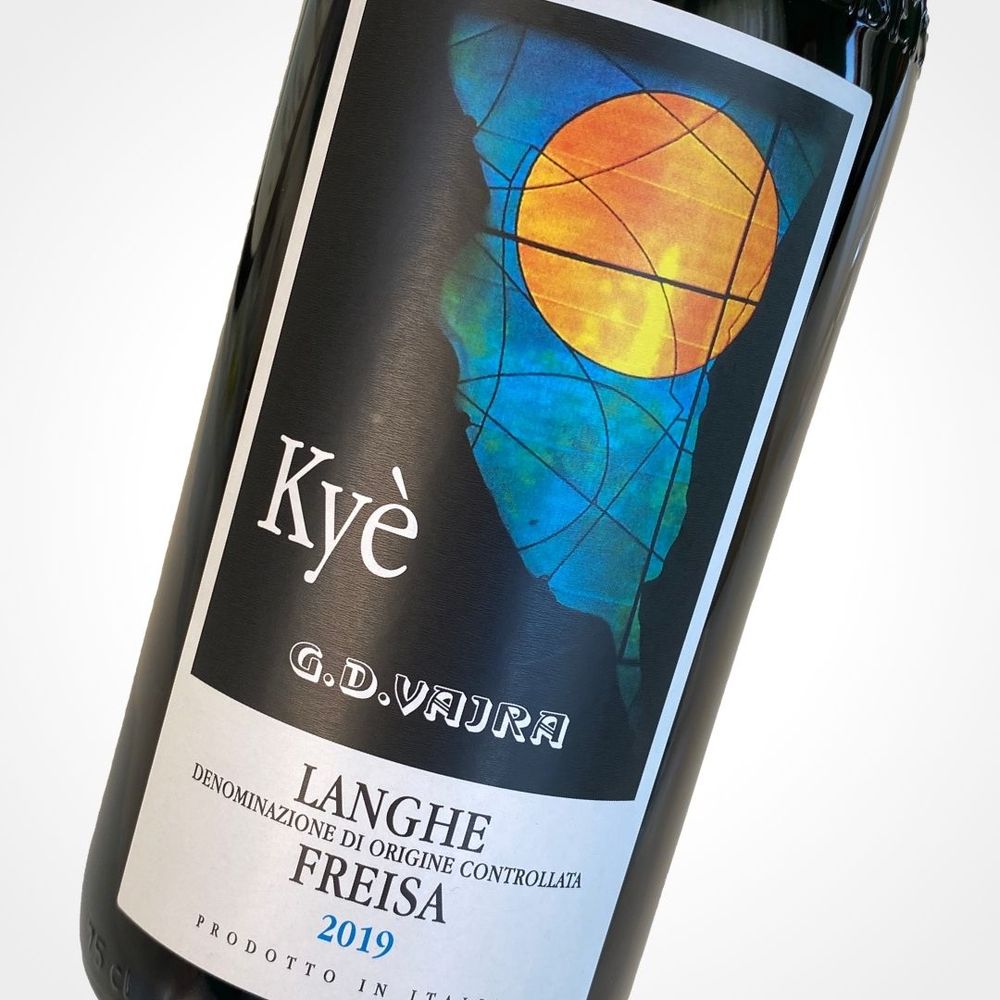
The name of this wine is a play on words from a slight translation faux-pas from a client many moons previously. On first trying this new style of more serious, non-fizzy Freisa, the man attempted to ask what it was. Rather than “what is it?” he managed to ask “who is it?” which in Italian is “Chi è?”. The name stuck, although with slightly altered spelling, as the family liked the idea of the vines as their family.
Produced from 40-year-old low-yielding Freisa vines, the wine is packed with dark raspberry, cherry, bramble, pepper, rose petal and a sage herbal note. Subject to 8 months in large Slavonian oak before further time in bottle, the tannic maturity makes this a wine that you can easily enjoy now with a range of Italian classic pasta and meat dishes or age for a decade or so to come.
Barolo Bricco Delle Viole 2019
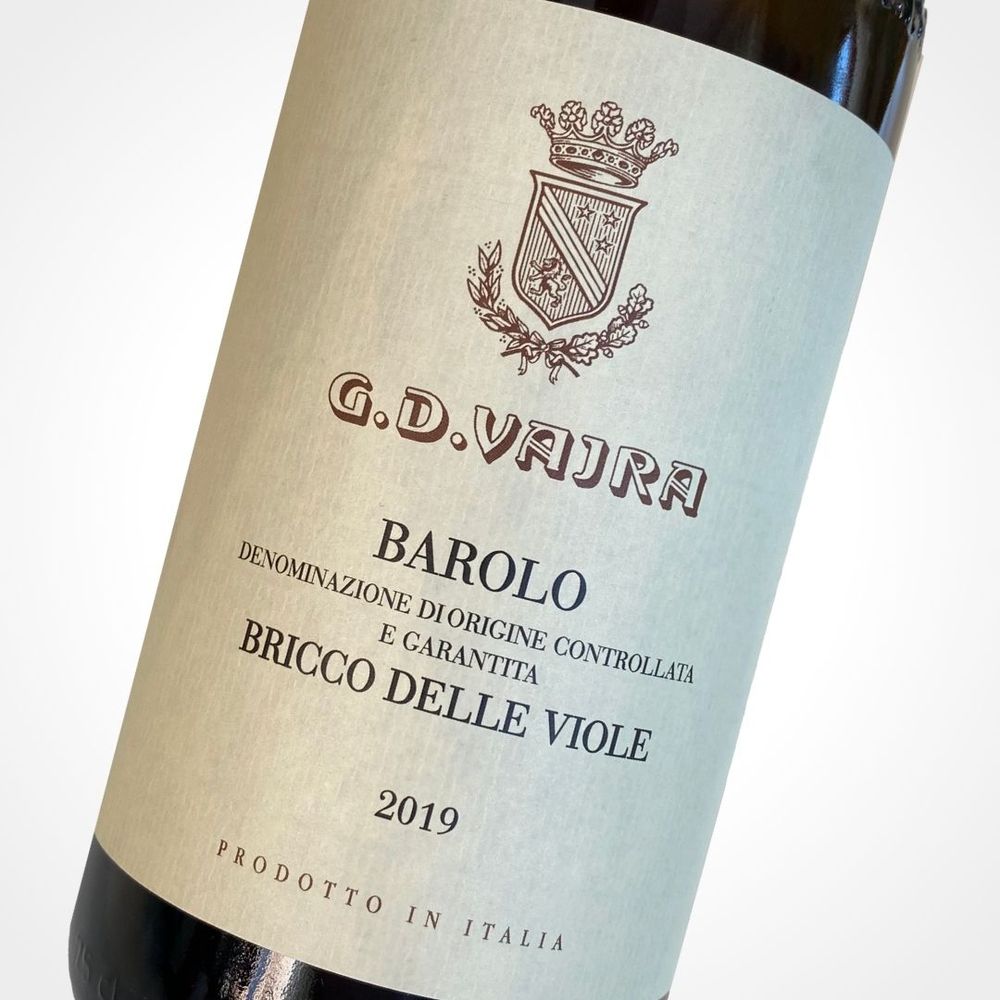
You can’t come to Barolo and not pick at least one Barolo in your list of favourite wines, can you? Well I definitely couldn’t, especially as either one of the two Barolos we tasted could have made the list. We tried both the Bricco Delle Viole MGA (the highest and most western part of the Comune di Barolo, described by the late Steven Spurrier as “the Lafite of Barolo”) and the Coste Di Rose MGA from just to the east of the town of Barolo. A combination of the higher clay content in the soil and the older vines in the Bricco Delle Viole (between 40 and 90 years old) edged it by a nose for me.
With perfumed red fruit, rose, subtle sweet spice and herbal notes, this wine has every note you’d expect from a young Barolo. What makes it really great for the purposes of sticking it on your wine list or your shop’s wine shelves is that it’s already long, soft and juicy in the finish and ready for drinking. As with most Barolos, it’s got a long life ahead of it, I’m just not sure it’ll survive without being opened and enjoyed beforehand.
GD Vajra wines are imported into the UK by Liberty Wines.
For more information about the winery, the portfolio, or the family themselves, please contact Tullia Mantella on press@studiocru.com
Mike Turner is a freelance writer, presenter, educator and regular contributor for The Buyer. He also runs a wine events and ecommerce business, Feel Good Grapes, that explores and discusses the idea of sustainability in the wine trade.
